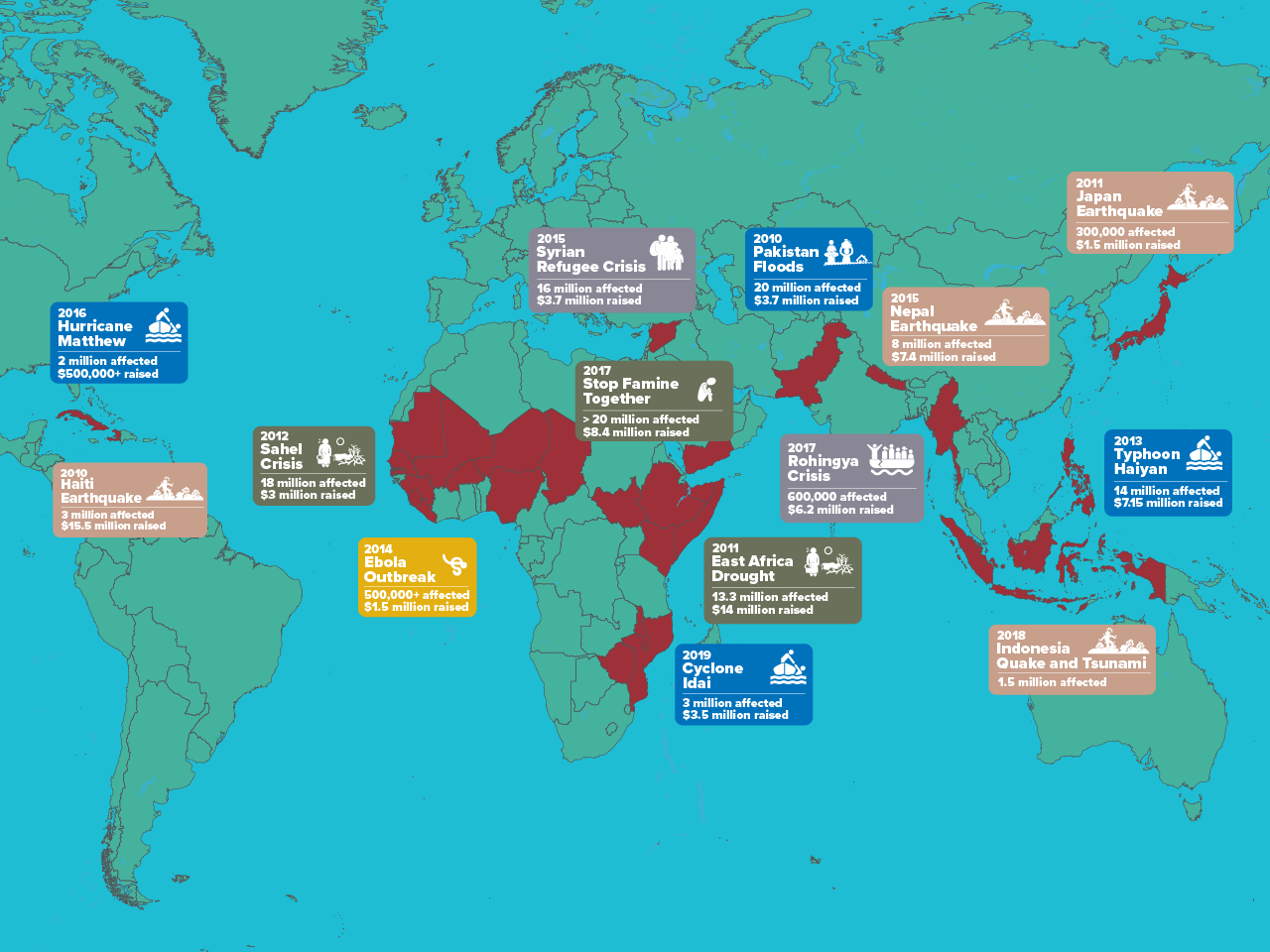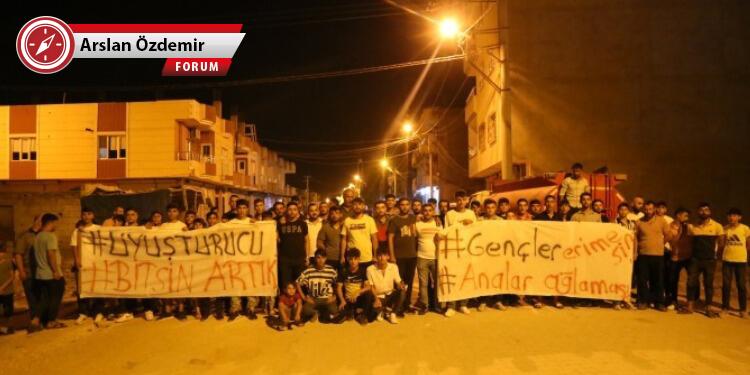Humanitarian Emergency: Children Driving To Survive In Yemen

Table of Contents
The Dire Circumstances Forcing Children into Adulthood
The brutal conflict in Yemen has shattered the lives of millions, leaving families destitute and desperate. This dire situation compels children to become adults before their time, taking on responsibilities no child should ever bear.
Poverty and Displacement
Widespread poverty and internal displacement, fueled by years of conflict, have left families with no safety net. With dwindling resources and a lack of social support, children are often the only option for income generation.
- Examples of child labor: Children are forced into begging on the streets, scavenging for scraps in rubble-strewn cities, working in dangerous construction sites, and laboring in agriculture under exploitative conditions.
- Statistics: According to UNICEF, over two-thirds of Yemeni children are living in poverty, and millions have been displaced from their homes, increasing their vulnerability to exploitation. The lack of governmental support exacerbates the crisis.
- Lack of social safety nets: The collapse of basic services and the absence of adequate social safety nets leave families with little to no support, forcing them to rely on their children's labor for survival.
Lack of Access to Education and Healthcare
The conflict has decimated Yemen's education and healthcare systems, further pushing children into labor. Schools have been destroyed or closed due to fighting, leaving millions of children out of school. Similarly, access to healthcare is extremely limited, leading to malnutrition, preventable diseases, and a surge in child mortality.
- Statistics on school closures: A significant portion of schools in conflict zones remain closed, denying children the opportunity for education and a better future. UNESCO reports alarmingly high numbers of out-of-school children.
- Impact on child health: Malnutrition is rampant, particularly among children under five, leading to stunted growth, weakened immunity, and increased susceptibility to diseases. The lack of access to basic healthcare only worsens this situation.
- Long-term consequences: The lost years of education will have devastating long-term consequences on these children's future prospects, perpetuating the cycle of poverty and hindering the nation's development.
The Psychological Impact on Children
The trauma of war, displacement, and poverty takes a heavy toll on children's mental health. Witnessing violence, experiencing loss, and living in constant fear leave lasting scars.
- Common mental health issues: Children in Yemen suffer disproportionately from PTSD, anxiety, depression, and other mental health problems.
- Lack of access to services: The collapse of healthcare services means that access to mental health support is virtually nonexistent for many children.
- Long-term effects of trauma: Untreated trauma can have devastating long-term effects on children's development, affecting their education, relationships, and overall well-being.
Children's Roles in Supporting Their Families
Children in Yemen are not simply working to supplement family income; they are often the primary breadwinners, shouldering responsibilities that far exceed their capabilities.
Child Labor in Various Sectors
Children are forced to work in a range of dangerous and exploitative sectors to provide for their families.
- Examples of child labor: Children work in construction, agriculture, and the informal markets, often enduring hazardous conditions and long hours.
- Dangers and risks: These jobs expose children to physical injury, illness, and even death. The risk of exploitation and abuse is incredibly high.
- Exploitation and abuse: Children working in these sectors are highly vulnerable to exploitation, including forced labor, trafficking, and sexual abuse.
The Role of Children as Breadwinners
In many Yemeni families, children are the primary source of income, forcing them to take on the roles of adults.
- Examples of adult responsibilities: Children may be responsible for caring for younger siblings, managing household finances, or even providing for their entire family.
- Impact on well-being: These adult responsibilities significantly impact children's physical and mental well-being, hindering their development and creating long-term health problems.
- Lost opportunities: The burden of providing for the family robs children of their childhood, education, and opportunities for personal growth.
International Efforts and Solutions
While international humanitarian organizations are working to provide aid to Yemen, the scale of the crisis requires a much more significant and sustained response.
Humanitarian Aid and its Limitations
International aid plays a vital role in providing emergency relief, but it is often insufficient to meet the vast needs.
- Examples of aid: Food, water, medical supplies, and shelter are provided by various organizations like UNICEF, UNHCR, and the ICRC.
- Challenges in delivering assistance: Access to conflict zones is often restricted, hindering the delivery of aid to those who need it most. Security concerns and logistical challenges further complicate relief efforts.
- Inadequacy of current aid: Current aid efforts, while crucial, are inadequate to address the scale and complexity of the humanitarian emergency in Yemen.
Long-Term Solutions and Sustainable Development
Addressing the root causes of the crisis and ensuring the long-term protection of Yemeni children requires a multi-faceted approach:
- Investment in education and healthcare: Significant investments are needed to rebuild and strengthen education and healthcare systems, ensuring access for all children.
- Economic development and job creation: Creating economic opportunities and generating employment will alleviate poverty and reduce the reliance on child labor.
- Peacebuilding and conflict resolution: A lasting peace is essential to addressing the underlying causes of the crisis and creating a safe and stable environment for children to thrive.
- Promoting child protection policies and laws: Stronger child protection policies and laws are needed to prevent and combat child labor, exploitation, and abuse.
Conclusion
The humanitarian emergency in Yemen has thrust children into a brutal struggle for survival, forcing them to assume the roles of adults and sacrificing their childhoods. The consequences of this crisis are devastating, not only for the children themselves but also for the future of Yemen. The lack of access to education, healthcare, and adequate nutrition creates a cycle of poverty and suffering that will persist for generations. The scale of the challenge demands urgent and decisive action.
Let's act now to alleviate the suffering of children caught in Yemen’s humanitarian emergency. Your contribution, whether through supporting organizations like UNICEF and Save the Children, advocating for increased international aid, or raising awareness about this crisis, can make a difference. Visit [link to UNICEF Yemen page] and [link to Save the Children Yemen page] to learn more and take action today.

Featured Posts
-
 Nikes Super Bowl 2025 So Win Ad Faces Backlash Bill Maher Calls It A Zombie Lie
May 06, 2025
Nikes Super Bowl 2025 So Win Ad Faces Backlash Bill Maher Calls It A Zombie Lie
May 06, 2025 -
 Popovich Et Les Spurs Le Mystere D Un Retour Possible
May 06, 2025
Popovich Et Les Spurs Le Mystere D Un Retour Possible
May 06, 2025 -
 Understanding The New Shopify Developer Revenue Share Program
May 06, 2025
Understanding The New Shopify Developer Revenue Share Program
May 06, 2025 -
 Broadway World Daily News For February 26 2025
May 06, 2025
Broadway World Daily News For February 26 2025
May 06, 2025 -
 Hos Olmayan Koku Isletmeniz Icin Riskler Ve Coezuemler
May 06, 2025
Hos Olmayan Koku Isletmeniz Icin Riskler Ve Coezuemler
May 06, 2025
